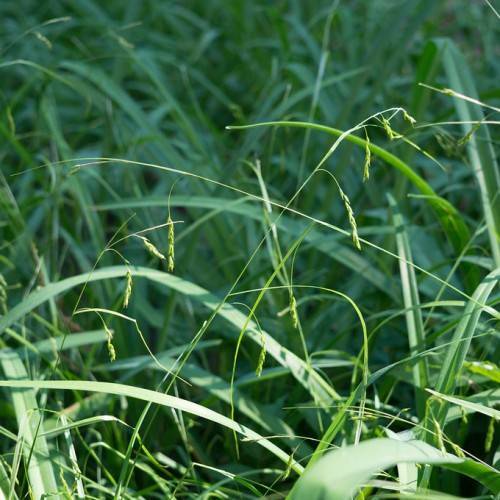
White Edge Sedge
Carex debilis
Watering:
Frequent
Hardiness Zone:
Flowers:
Flowers
Sun:
full sun,part shade
Fruits:
Fruits Ready In Fall
Leaf:
Yes
Growth Rate:
Low
Drought Tolerant:
Yes
Salt Tolerant:
Yes
Care Level:
Medium
watering
Sedge (Carex cumulata x) should be watered deeply twice per week during the growing season. During the summer, hot, dry weather may require watering up to 3 times per week. During winter, reduce watering to once per week and avoid any heavy watering as the plant enters its dormancy. When watering, make sure to provide enough moisture to completely soak the soil but avoid overwatering and waterlogging. Check soil moisture levels regularly and only water when the top 1-2 inches of soil is dry. For best results, water in the morning so that the foliage has time to dry before nightfall.
sunlight
Sedge (Carex cumulata x) is best grown in bright, direct sunlight for at least 4 hours a day, with some protection from the mid-day sun if necessary. This species of sedge is tolerant of a wide range of light levels, however best results come from full sun exposure. During the hottest months of summer, it’s best to limit the amount of direct sunlight the sedge receives to prevent sunburn or drying out. Morning sun is best, with the plant sheltered from the afternoon sun.
pruning
Sedge (Carex cumulata x) should be pruned no more than once a year in late spring or early summer. Pruning Sedge should be done to maintain vigorous, healthy growth, and to help the plant retain its compact, mounded shape. It is best to remove no more than 1-third of the total height or width of the Sedge when pruning. If you wish to prune a larger area of the plant, it is often best to start with small sections and gradually work into larger ones, as removing too much at once can lead to the Sedge becoming sparse in that area. Additionally, avoid pruning branches or leaves that are still green, as this can lead to unsightly brown patches.
